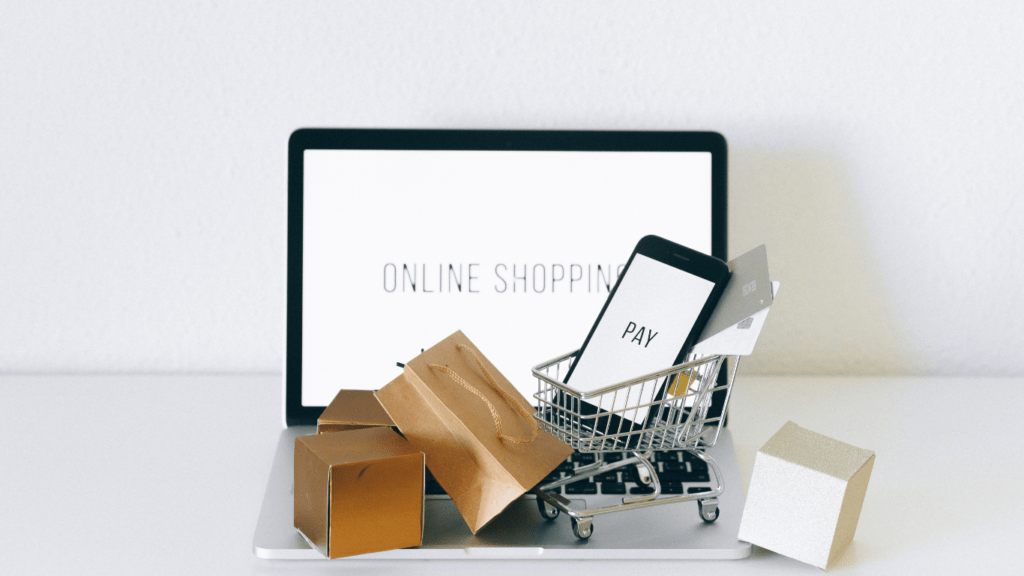Understanding the Digital Art Market
The digital art market offers remarkable opportunities to showcase and monetize creativity. It’s essential to grasp the current landscape to thrive in this dynamic space.
Current Trends in Digital Art Sales
Digital art sales have surged, driven by increased internet connectivity and social media platforms. Collectors increasingly seek unique digital pieces, leveraging NFTs (Non-Fungible Tokens) to ensure authenticity and ownership.
Data from Art Basel’s 2022 report shows that online art sales reached $13.3 billion, highlighting the robust demand for digital art. Additionally, augmented reality (AR) and virtual reality (VR) are enhancing how art is experienced, creating more immersive and interactive buying opportunities.
Key Platforms for Digital Artists
Artists have access to several key platforms to sell digital art. These platforms provide varied features to reach diverse audiences:
- Etsy: Popular for handmade and digital art prints. Artists gain exposure to a broad audience.
- DeviantArt: A community-centric platform allowing artists to sell prints and digital downloads.
- OpenSea: A leading NFT marketplace where artists mint and sell their digital art as NFTs.
- Society6: Offers print-on-demand services, turning digital art into various products.
- Saatchi Art: Focuses on fine art, offering a reputable platform for high-quality digital pieces.
Understanding these trends and leveraging these platforms maximizes an artist’s potential and reach within the digital art market.
Preparing Your Digital Artwork for Sale
Ensuring your digital artwork is sale-ready involves several key steps. By organizing your portfolio and setting appropriate prices, you’ll attract buyers and enhance your online presence.
Setting Up Your Digital Portfolio
A cohesive digital portfolio showcases your best work. Select pieces that reflect your unique style and skill level. Use high-resolution images to ensure detail and quality.
Organize the portfolio by theme, subject, or medium to make navigation straightforward for potential buyers. Consistent branding across your portfolio reinforces your artistic identity.
Pricing Your Artwork
Set competitive prices by researching comparable pieces in the market. Consider the time, effort, and resources invested in each artwork. Factor in your experience and reputation when setting prices.
Offer different price points for various sizes or formats to appeal to a broader audience. Adding a limited-time discount or bundle deal can also attract potential buyers.
Choosing the Right Online Marketplace

Digital artists need a strategic approach to choose the right online marketplace. Each platform offers unique benefits and caters to different audience segments.
Comparing Top Digital Art Platforms
- Etsy: Known for its large customer base, Etsy focuses on handmade and unique items. It’s ideal for artists looking for a broad audience.
- DeviantArt: This community-centric platform allows artists to share their portfolios and connect with fellow artists and potential buyers.
- OpenSea: A popular choice for NFT creators, OpenSea specializes in blockchain-based digital art and ensures transparent ownership and authenticity.
- Society6: Offers print-on-demand services, where artists can sell their designs on various products like wall art, phone cases, and home decor.
- Saatchi Art: Provides an international audience with a focus on high-quality, curated art. It’s suitable for artists seeking recognition and higher prices.
- Create Consistent Content: Regularly post about your artworks, processes, and exhibitions to maintain engagement.
- Use Hashtags Strategically: Incorporate relevant hashtags to increase visibility among potential buyers and art communities.
- Engage with Followers: Respond to comments and messages to build a loyal and interactive audience.
- Leverage Stories and Reels: Use Instagram and Facebook stories or reels to showcase behind-the-scenes content and real-time updates.
- Collaborate with Influencers: Partner with art influencers to reach broader audiences and enhance your credibility.
Marketing Your Digital Art
Effective marketing is crucial to selling digital art online. By deploying SEO strategies and leveraging social media, artists can reach broader audiences and increase sales.
SEO Strategies for Artists
Improving search engine visibility helps attract potential buyers to digital art portfolios. Using keywords related to digital art, specific styles, and techniques in descriptions boosts online presence. Optimizing image titles and alt texts ensures search engines understand the content.
- Use Keywords: Incorporate relevant keywords in titles, tags, and descriptions. For example, “digital abstract art” or “modern digital portraits”.
- Optimize Image Metadata: Add descriptive titles and alt texts to images. Search engines index images better when metadata is accurate.
- Write Engaging Descriptions: Detailed descriptions include style, inspiration, and techniques used. This information provides value to both search engines and buyers.
- Build Quality Backlinks: Share content on blogs, forums, and art-related websites. Engaging with the community can generate backlinks and increase site authority.
Leveraging Social Media for Promotion
Social media platforms offer immense potential for artists. By strategically using these platforms, artists can promote their digital art and engage with a global audience.
- Choose the Right Platforms: Focus on platforms like Instagram, TikTok, and Pinterest, known for visual content. Each platform has unique features and user demographics.
- Use Hashtags Effectively: Research and use popular and niche-specific hashtags. For example, use #DigitalArt, #NFTArt, and #Procreate.
- Engage with Followers: Respond to comments, host Q&A sessions, and share behind-the-scenes content. Engage with followers to build loyalty and encourage sharing.
- Collaborate with Influencers: Work with art influencers and bloggers to reach new audiences. An influencer’s endorsement can drive significant traffic to your portfolio.
By utilizing these marketing strategies, artists can enhance their visibility, attract potential buyers, and ultimately increase sales.
Managing Sales and Customer Relationships
Efficiently handling sales and maintaining positive customer relationships are crucial for sustaining a profitable digital art business. These efforts ensure repeat buyers and foster a community around your art.
Handling Payments and Royalties
Secure and reliable payment methods boost buyer confidence. I use platforms like PayPal, Stripe, and Square for transactions, each offering strong security measures and user-friendly interfaces.
When selling through third-party platforms (e.g., Etsy, Society6), they often handle payments and take a commission. Review these terms to understand your net earnings.
Royalties are another consideration, particularly if your work is resold. Platforms like OpenSea for NFTs often provide automatic royalty payments. Setting up royalties ensures you receive a percentage from secondary sales, creating a lasting income stream from your artworks.
Communicating with Buyers
Clear and timely communication builds trust. I respond to inquiries within 24 hours, providing detailed answers to questions about my art, pricing, and delivery. Regular updates ensure buyers know the status of their orders.
Customized thank you messages after sales make buyers feel valued. Positive relationships encourage repeat purchases and word-of-mouth referrals.
Use platforms like Mailchimp for email lists and automated messages to keep buyers informed about new releases and special offers. Engaging with buyers on social media, such as responding to comments on Instagram, also helps maintain strong connections.


